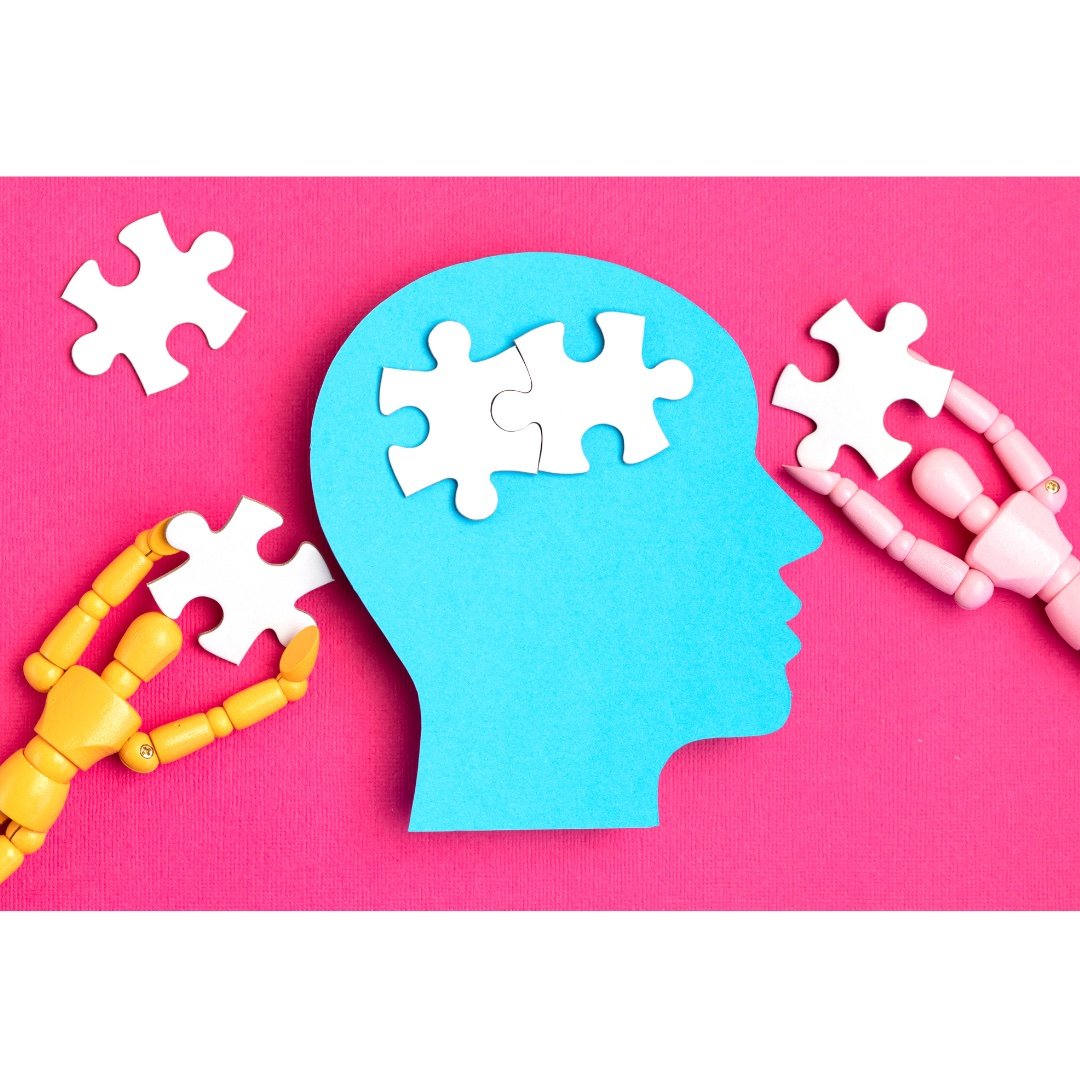Of all of the executive functioning skills required to succeed in mathematics, working memory may be one of the most important! Working memory refers to how the brain uses, holds, processes and manipulates the information stored in our short-term memory. Working memory allows us to plan, problem solve and reason, all of which go hand-in-hand with the necessary skills to complete a math problem. Let’s dive into some tips and tricks which can help to strengthen working memory, specifically in relation to the world of math!
Play Games
There are many popular games that can be played as a family that utilize working memory. Games like Concentration, Uno, Crazy Eights and Go Fish all require the players to use their working memory system. Simon Says, Follow the Beat, Tongue Twisters, puzzles and brain teasers are other excellent examples of activities that can be used to strengthen working memory. In many of these activities, our brains must actively recall information, and in-turn manipulate it to make the next move!
Put Your Child in the Teacher Role
When working through a new math concept, once a child has begun to master the concept at hand, they should attempt to teach someone else how to do it. When the child becomes the teacher, they are switching into a more active role and thus enhancing their working memory skills. For example, if a child is working on adding fractions with a different denominator, they should be able to walk someone else through each step necessary to solve this kind of problem and explain the “why” behind it.
Practice Every Day
For things like math facts (simple and quick math problems across the four operations), practicing every day can help to reduce the strain on working memory capacity. The more automatic these quick facts become, the more space is freed up in the brain to utilize other math skills and solve larger and more complex mathematical equations and word problems.
Visualize
When working on word problems, it is best to come up with various visualization strategies that can be used to solve each problem. Examples of visualization strategies in math might be drawing an array, making pictures or using math manipulatives.
Make a Plan
A great general rule of thumb for math problems (especially those tricky word problems) is to NEVER leave math in your head. This means write down as much as possible. Circle, underline or highlight the key words in a math problem and then make a plan to solve. Write out each step as a number sentence, and use the visualization tools mentioned above to help solve the problem.
Practice Yoga & Mindfulness
Research has shown activities like yoga and mindfulness can improve working memory. Both of these practices aim to draw our attention to how and when our mind wanders, which in turn can help increase focus and the working memory function of the brain. There are many wonderful YouTube channels for kids yoga, such as Cosmic Yoga that can be completed daily. Alternately, try simple breathing exercises in the car on the way to school as a way to practice mindfulness each day.
Use Mnemonics and Songs
Making a mnemonic device or turning something that needs to be memorized into a song are two more fantastic ways to strengthen working memory. The most famous mnemonics device in Math is PEMDAS with “Please Excuse My Dear Aunt Sally” as the words to remember the order of operations. There are also fun and silly songs on YouTube to help learn and memorize math facts. Putting information into a catchy song allows our brain to more easily store and remember it!
Written by Laine J.

